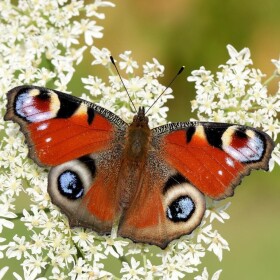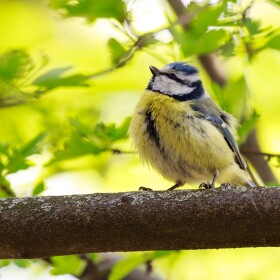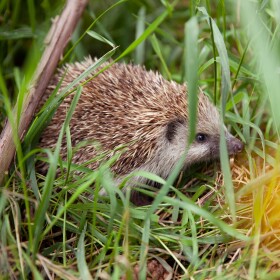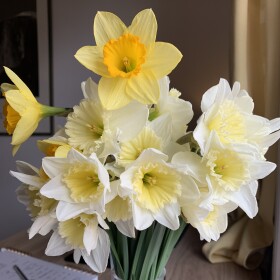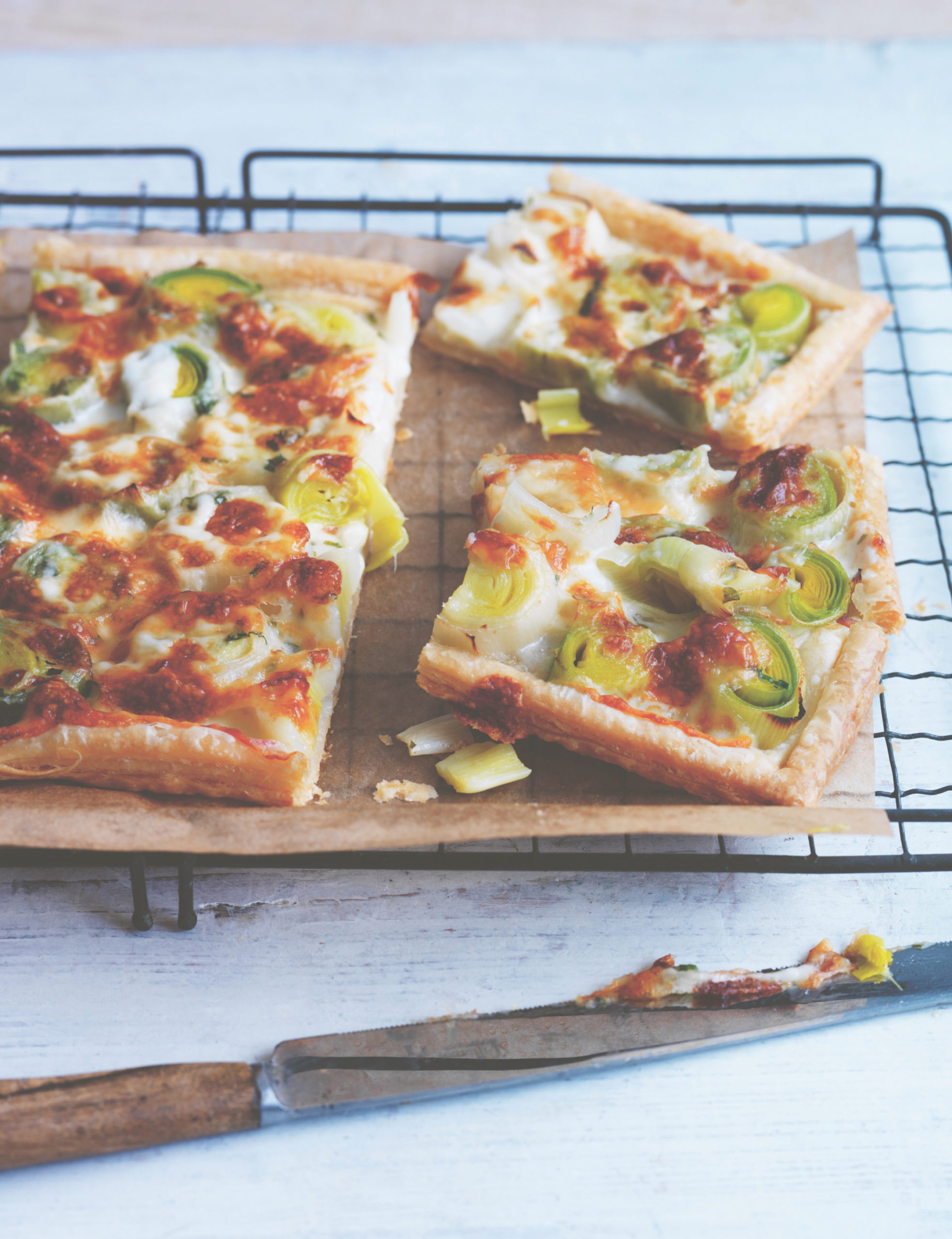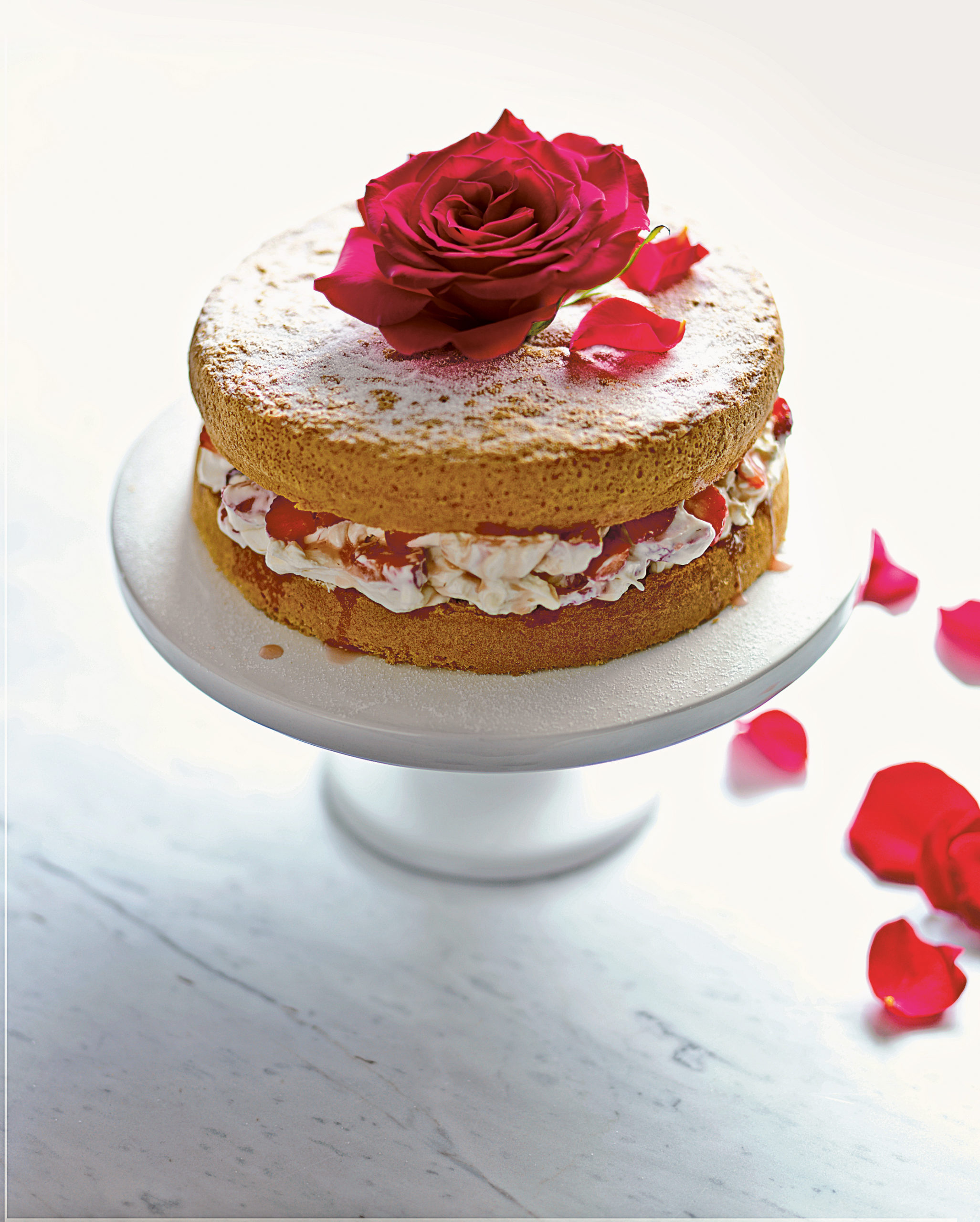Love your kitty? Adore your doggy? We always knew that we Brits loved our pets passionately. But the last year has deepened our appreciation for our animal companions!
April is National Pet Month, and National Pet Day is on 11th April. To celebrate, we’ve teamed up with Surrey artist & pet-lover Bri to offer you the chance to win a portrait of your pet…
Artist Bri had planned to launch her drawing and painting workshops for beginners in March 2020… until the world put a stop to that! She jokes: “Timing has never been my speciality but this takes the mick!”

Keeping motivated
Bri decided to offer free pet portraits to local people… “This was an exercise to get some practice and to bring a smile to people’s faces,” she tells us. “I know how important a pet’s company is: I live alone with my dog. She’s my best mate, haha! And I couldn’t have been more grateful for the distraction she gave me. Also, she was a legal reason to leave the house! I thought pet portraits would be nice to keep me motivated as I was unable to tutor. I’d never done a pet portrait before but after I put up a couple of posters I was inundated.”
Hundreds of responses
Bri completed almost 50 portraits, 31 alone last April. “When I first thought about the type of work I could offer free to encourage people to commission me, pets were the subject I thought would attract most interest,” she says. “But hundreds of responses and the copious positive feedback was on a scale I didn’t imagine! It proves we’re a nation of animal-lovers. From dogs to cats, and the odd gecko thrown in, we love our pets. It’s particularly worthwhile to hear how someone got genuine happiness from seeing a pet who perhaps isn’t with them any more celebrated in paint.”
Rebranded as The Isolating Artist, Bri evolved to virtual workshops. “Online teaching is a fantastic way to communicate in what otherwise would be an impossible situation, but classroom tutoring is the best way to learn to draw and paint,” says Bri. “I hope soon to bring together a beginners’ art group. I want to introduce students to the fun of art and give people a chance to be creative, to look at the world differently. If there’s anything we need after all this it’s to leave the house so what better reason than an art class?”
As for influences, Bri says: “As a kid, art was the only thing I was any good at, so that was a natural inspiration. I remember coming across a book about Francis Bacon at school. It changed my opinion on how I should draw and paint; something I’ll never forget seeing for the first time”. Bacon remains one of Bri’s favourite artists, alongside Frida Kahlo, Vincent Van Gogh, Egon Schiele, Edward Hopper and many more.”

Visit isolatingartist.com to find out about Bri or sign up for an art class.
WIN your pet’s portrait!
We want you to share your love for the pet in your life. Share a picture, poem or photo of your beloved animal companion on our social media channels. Tag Round & About (our links below) and #petportrait in your post and Bri will select the winner who will be immortalised in portrait form! Deadline: Tues 4th May.

Share you local news and events with us here














